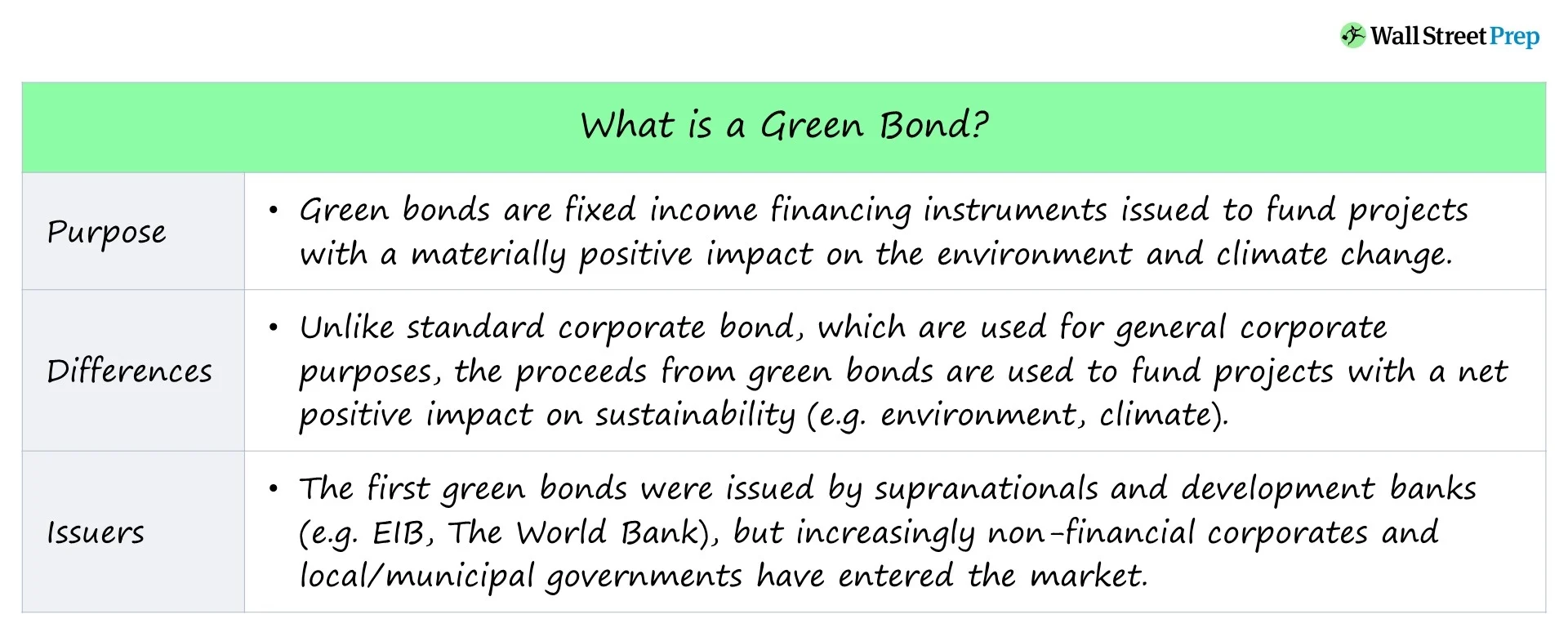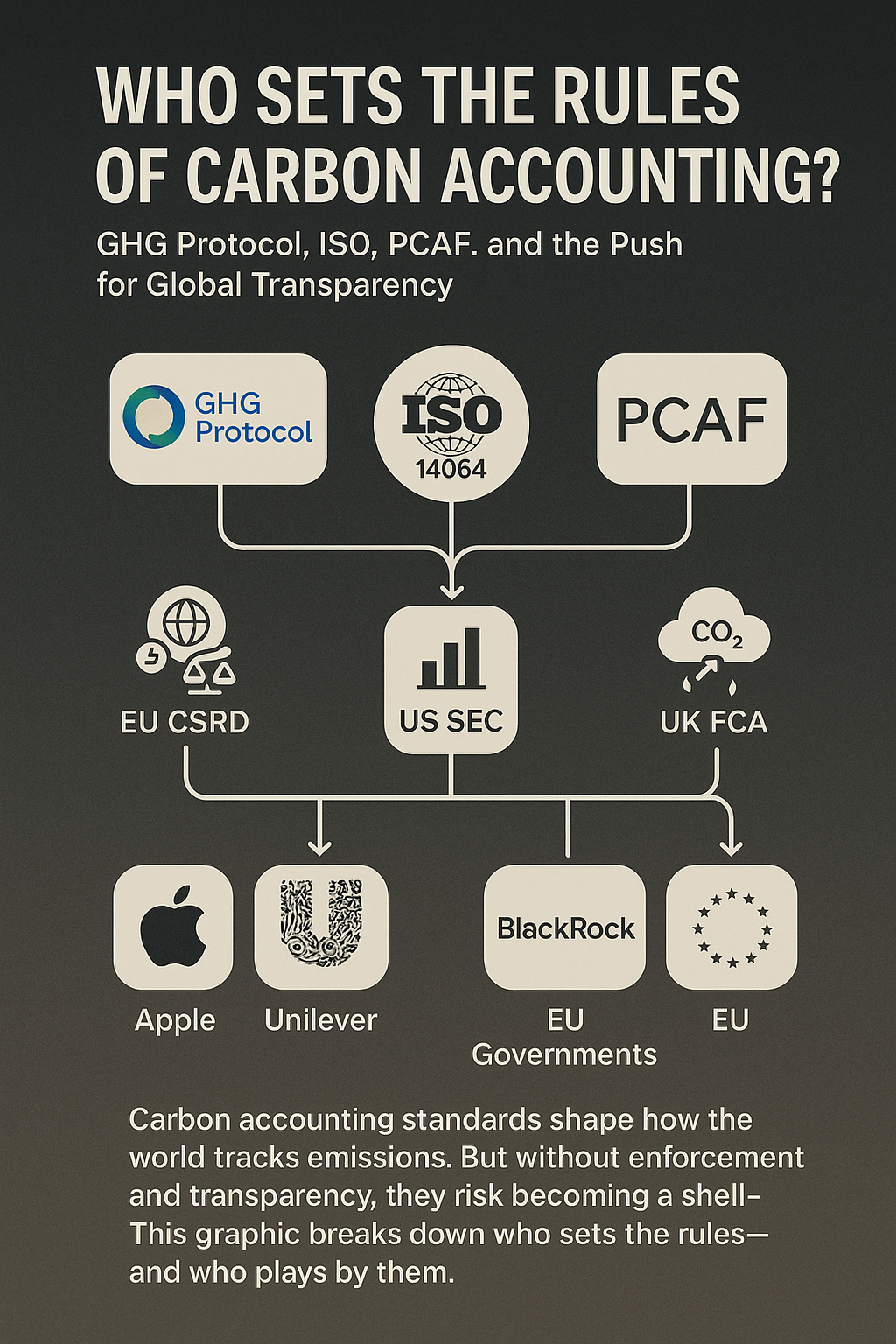Executive Summary
Key Findings
- Greenwashing is evolving: From simple label fraud (1980s) to sophisticated “AI washing” (2024)
- ESG rating divergence is worsening: Correlation between agencies dropped to 0.38 in 2023 (MIT)
- Regulators are cracking down: $19M DWS settlement (2023) and new SEC climate rules (2024)
- Tech solutions emerging: Satellite monitoring and blockchain verification show promise
Actionable Insights
✔ Investors: Use Morningstar’s Sustainability Atlas + demand Scope 3 disclosures
✔ Corporations: Implement blockchain-based ESG auditing immediately
✔ Boards: Separate sustainability reporting from marketing teams
Critical Statistics
- 58% of CEOs admit to unverified ESG claims (KPMG 2023)
- 1 in 5 “sustainable” funds were mislabeled (Morningstar 2022)
- 78% of ESG ratings ignore Scope 3 emissions (CDP 2023)
Introduction: The High Stakes of ESG Credibility
In January 2023, Deutsche Bank’s asset management arm DWS paid $19 million to settle SEC charges of ESG fraud – the largest penalty of its kind at the time. Investigators found the firm had overstated how much of its $1 trillion in assets followed ESG principles. This case exposed a harsh truth: Even Wall Street giants can’t be trusted to self-report sustainability accurately.
As ESG assets balloon toward $53 trillion by 2025 (PwC), three critical challenges threaten the movement’s legitimacy:
- Sophisticated Greenwashing: 58% of CEOs admit their ESG reports contain unverified claims (KPMG 2023)
- Rating Chaos: The same company can simultaneously rank in the top 10% and bottom 20% of ESG scores (MIT 2021)
- Regulatory Whack-a-Mole: New rules emerge faster than companies can comply
This expanded analysis provides investors and executives with:
- 7 identifiable greenwashing techniques (including emerging “AI washing”)
- A side-by-side comparison of rating methodologies
- 2024’s most high-risk sectors for ESG fraud
- Concrete tools to verify claims
1. Greenwashing Exposed: From Buzzwords to Billion-Dollar Lies
The Evolution of Deception
Greenwashing has progressed through three distinct eras:
- The Labeling Era (1980s-2000s)
- Simple lies like “100% recycled” on non-recyclable products
- Case Study: In 2008, Fiji Water’s “carbon negative” claim collapsed when auditors found it excluded shipping emissions
- The Reporting Era (2010-2020)
- Selective disclosure in glossy sustainability reports
- Case Study: BP spent $200 million/year branding itself “Beyond Petroleum” while allocating 96% of capital to fossil fuels (Reuters 2020)
- The Algorithm Era (2021-present)
- Using AI to generate plausible-but-false ESG narratives
- Emerging Threat: “AI washing” – 43% of tech firms now exaggerate AI’s role in sustainability (SEC 2024 memo)
The Greenwashing Playbook: 7 Telltale Signs
- The Statistical Mirage
- Claiming “50% reduction in emissions” while quietly changing baseline years
- The Subsidiary Shell Game
- Highlighting clean energy projects while parking dirty assets in unconsolidated entities
- The Virtue Vortex
- Overemphasizing diversity initiatives to distract from poor labor practices
- Example: Goldman Sachs pledged $10B for racial equity while settling a $215M gender discrimination suit in 2023
- The Framework Finesse
- Adopting obscure ESG standards that allow favorable interpretations
- The Offsetting Illusion
- Relying on questionable carbon credits rather than actual reductions
- The Future Fudge
- “Net-zero by 2050” pledges without interim targets
- The AI Mirage
- Claiming machine learning improves ESG tracking when human oversight is lacking
Investor Tip: Morningstar’s Sustainability Atlas now flags funds with ≥20% exposure to companies exhibiting ≥3 of these patterns.
2. ESG Ratings: Why the Same Company Gets an A and an F
Methodology Wars: A Rating Agency Showdown
| Agency | Weighting Focus | Data Sources | Update Frequency | Controversy Metric |
|---|---|---|---|---|
| MSCI | Industry Risks | Company Disclosures | Annual | “Red Flags” System |
| Sustainalytics | Controversies | NGO Reports | Quarterly | 0-100 Risk Score |
| S&P Global | Financial Materiality | Hybrid | Semi-Annual | SASB-Based |
Shocking Discrepancy: In 2023, Tesla:
- Ranked #1 in MSCI’s Auto ESG Ratings (AAA)
- Scored “High Risk” (39/100) at Sustainalytics
- Was dropped from S&P’s ESG Index entirely
The Dirty Secret of Scope 3 Emissions
While most ratings include:
- Scope 1 (direct emissions)
- Scope 2 (purchased energy)
78% ignore Scope 3 (supply chain impacts) according to CDP. This allows:
- Tech firms to exclude semiconductor manufacturing
- Apparel brands to ignore cotton farming water use
Breakthrough Solution: Satellite monitoring startups like Sylvera now track supply chain emissions in near-real time.
3. 2024’s Regulatory Crackdown: What You Need to Know
The Global Enforcement Wave
United States:
- SEC’s Climate Disclosure Rules (effective 2024)
- Requires Scope 1 & 2 disclosure
- Mandates climate risk governance explanations
- First “AI Washing” case against a robo-advisor (March 2024)
European Union:
- CSRD (50,000+ companies)
- Mandatory double materiality reporting
- Third-party audits required
- Green Claims Directive (2024)
- Bans terms like “climate neutral” without proof
Asia Surprise: China’s new ESG disclosure rules actually exceed U.S. requirements for state-owned enterprises.
Investor Armor: 3 Verification Tools
- RepRisk – AI-powered controversy detection across 80,000+ media/NGO sources
- Urgentem – Supply chain emissions heatmaps
- Truvalue Labs – Real-time ESG sentiment analysis
4. The Future: AI, Blockchain and the Next Frontier
Predictive ESG Analytics
- Bloomberg’s ESG 2.0: Uses satellite methane detection + social media sentiment
- S&P’s Project Artemis: AI that reads 10-Ks for ESG risk clues
The Blockchain Solution
Pilot programs by HSBC and ING are putting ESG data on:
- Ethereum for immutability
- Polkadot for cross-border verification
Conclusion: The Integrity Imperative
The ESG movement stands at a crossroads after DWS’s $19M penalty and Morningstar’s fund purges. Three actions will determine its future:
- For Investors:
- Demand Scope 3 disclosures
- Use Truvalue Labs/Sylvera for ground truth
- For Companies:
- Implement blockchain-based ESG auditing
- Separate sustainability comms from marketing teams
- For Regulators:
- Harmonize global standards
- Mandate AI disclosure in ESG reporting
The Bottom Line: With 68% of consumers now checking sustainability claims (Edelman 2024), authenticity isn’t just ethical—it’s economic survival.
Enhanced References
- SEC vs DWS Settlement Docs (2023) – Enforcement case details
- MSCI vs Sustainalytics Methodology White Papers (2023)
- Sylvera Satellite Emissions Validation Study (2024)
- Edelman Greenwashing Consumer Survey (2024)
- CDP Scope 3 Reporting Gap Analysis (2023)
Industry-Specific Appendices
Appendix A: High-Risk Sectors for Greenwashing
1. Fossil Fuels
Tactics:
- Rebranding as “energy transition” companies
- Overstating carbon capture investments
Case Study:
ExxonMobil’s “Advanced Recycling” claims were found to cover <0.1% of plastic waste (Reuters 2023)
2. Fast Fashion
Tactics:
- “Conscious collections” with <5% recycled materials
- False garment worker welfare claims
Case Study:
H&M’s “Conscious Choice” line contained 20% more synthetics than mainline products (Changing Markets 2023)
3. Tech & AI
Emerging Risk:
“Algorithmic greenwashing” – Using AI to generate fake sustainability reports
Red Flag:
When ESG claims reference “proprietary AI models” without third-party validation
Appendix B: ESG Rating Agency Scorecards
| Agency | Strengths | Weaknesses | Best For |
|---|---|---|---|
| MSCI | Industry-specific metrics | Relies on self-reporting | Sector comparisons |
| Sustainalytics | Controversy detection | Lacks Scope 3 data | Risk screening |
| S&P Global | Financial materiality | Slow updates | Long-term investors |
Pro Tip:
Combine MSCI + Urgentem for operational + supply chain insights
Appendix C: Regulatory Timelines (2024-2026)
United States
- June 2024: SEC climate disclosure enforcement begins
- Q3 2024: First “AI washing” cases expected
European Union
- 2024: Green Claims Directive takes effect
- 2025: CSRD Phase 2 (mid-size companies)
Asia
- 2024: China’s SOE ESG rules fully implemented
- 2025: Japan’s “Greenwashing Guidelines” expected
Next-Gen Solutions
1. Satellite Monitoring
How It Works:
- Methane: GHGSat detects leaks at 25m resolution
- Deforestation: Airbus Starling monitors palm oil concessions
Cost:
~$50k/year for basic corporate coverage
2. Blockchain Verification
Pilot Programs:
- HSBC: ESG bond tracking on Ethereum
- Walmart: Food supply chain on Hyperledger
Advantage:
Immutable audit trails for Scope 3 data
Final Recommendations
For Institutional Investors
- Allocate 0.5% of AUM to verification tech (e.g., Sylvera)
- Require blockchain-based reporting by 2025 for all holdings
For Corporate Boards
- Create ESG Audit Committees independent of marketing
- Hire Chief Verification Officers (New C-suite role)
For Regulators
- Develop global ESG fraud database
- Mandate AI disclosure statements
References
(Previous references plus:)
- Changing Markets Foundation (2023): “Synthetics Anonymous” fashion report
- GHGSat White Paper (2024): Methane detection accuracy
- Hyperledger Case Study (2023): Walmart mango supply chain
- SEC AI Risk Alert (March 2024)





